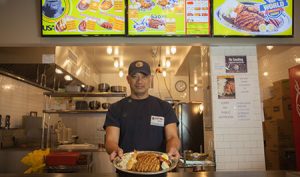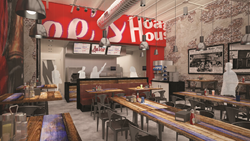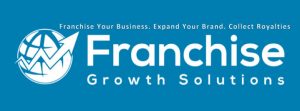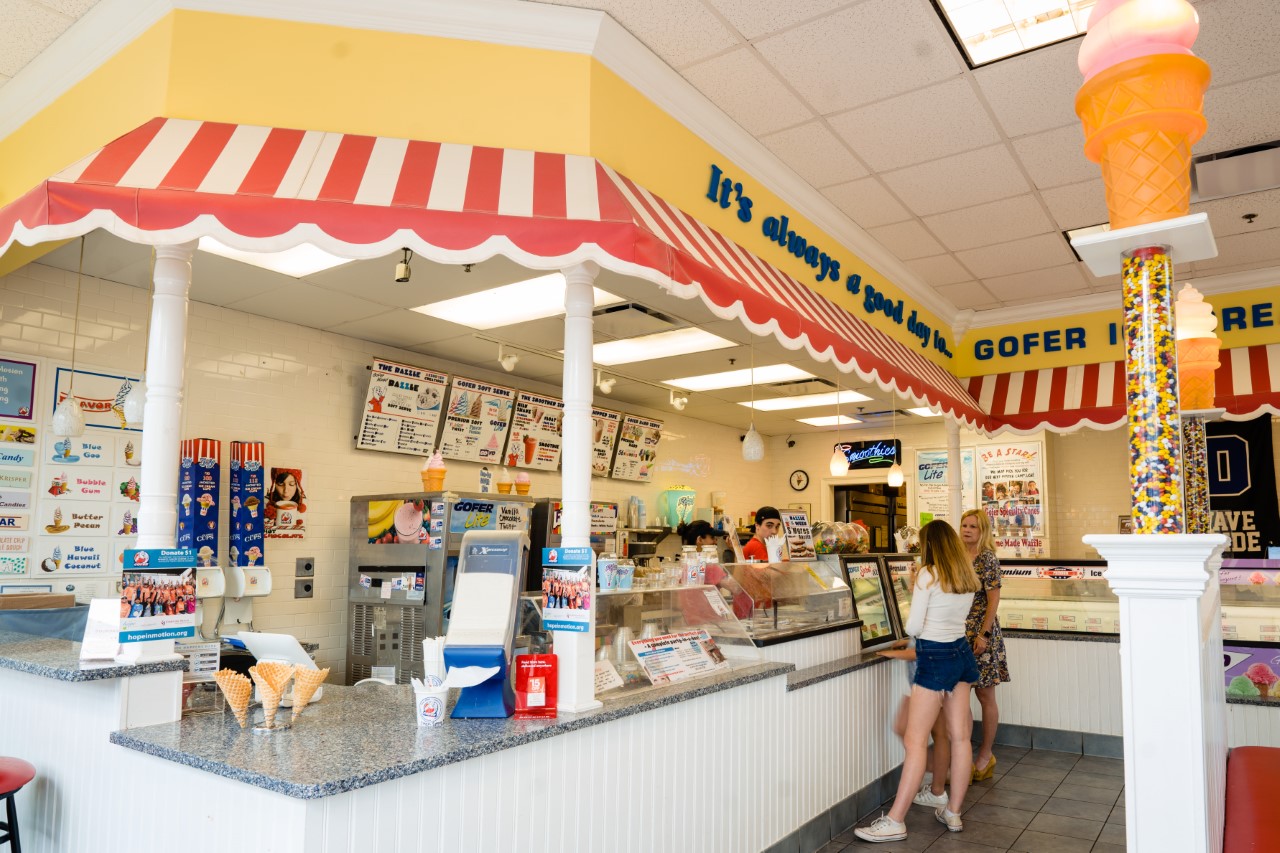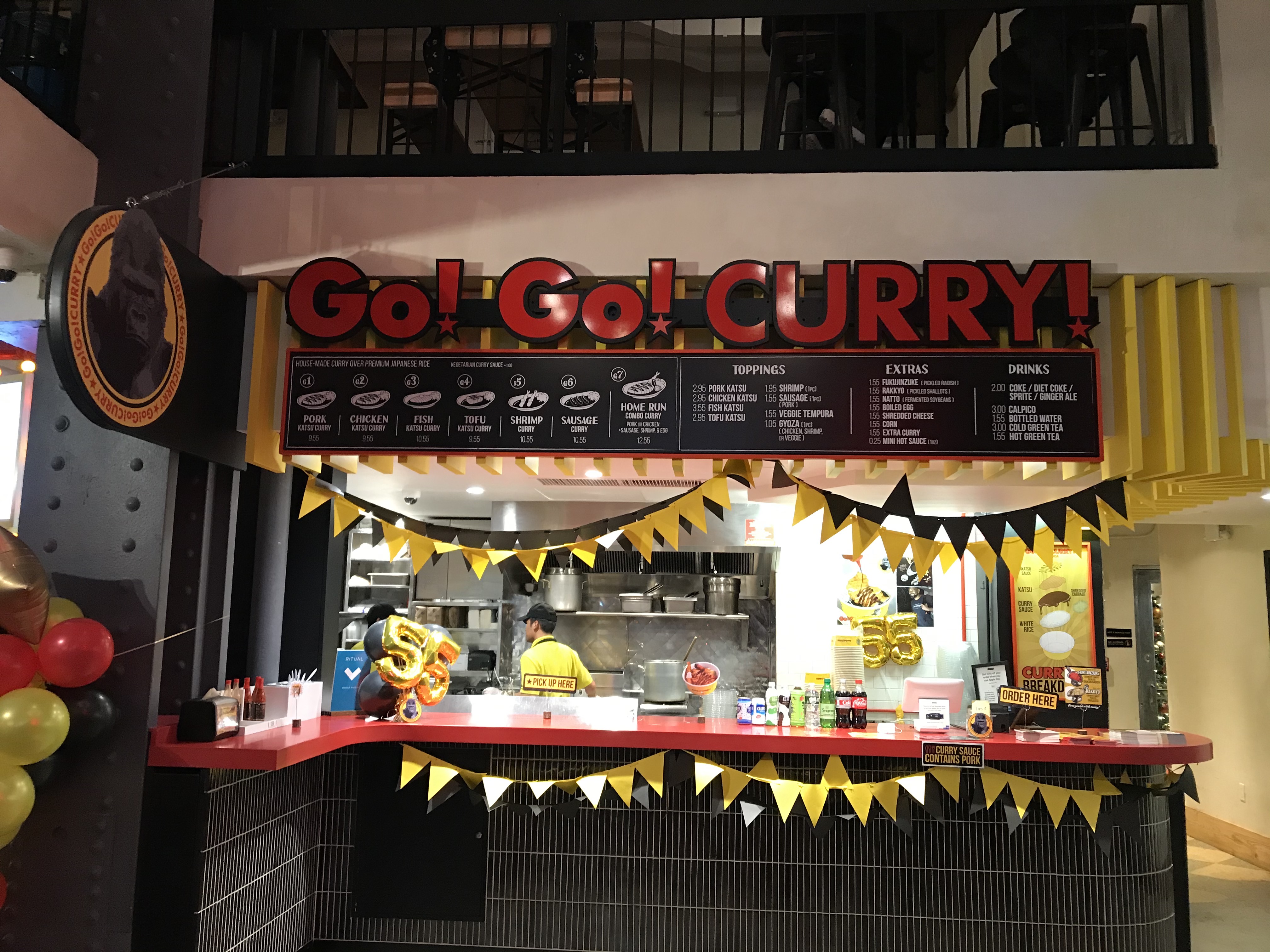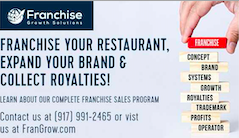Photo by Gautam Arora on Unsplash
When you first decide to open up your own daycare, you need to check with your state and government agencies to find out what rules and regulations you need to follow. For example, you are only allowed to have a certain number of children per square foot of space your building has, so you need to know this right off the bat.
Start Your Own Daycare Center- Be Your Own Boss
By: Susan Anderson
Many people are now looking for ways to get out of today’s corporate business world, and to become their own boss. One way that some have been successful is by opening up and running their own day care center. More moms than ever before now have to return to work after their baby is born. Few families are able to make ends meet on one income. So, why not start your own center that caters to these busy moms, and open up a loving and safe place where they can leave their young babes and go to work knowing that will be well cared for?
When you first decide to open up your own daycare, you need to check with your state and government agencies to find out what rules and regulations you need to follow. For example, you are only allowed to have a certain number of children per square foot of space your building has, so you need to know this right off the bat. You will need to locate a site that is large enough to house the number of children that you plan to care for. Many have been successful with purchasing actual homes, and making any needed renovations. You may also have some luck with your local churches or city organizations, either with locating a space, or possibly leasing space from them. It is crucial that you pay attention to all of the zooming rules in your area, so you don’t rent a place, then find out you are not allowed to run a business out of it. It does take quite a bit of overhead to open up your own center, a lot of which goes into getting the location you need.
You will need to try and locate funds to get everything you need. Develop a business plan, and set it before your local Chamber of Commerce, local churches, and businesses. If you have a sound plan, and they feel that the community needs your center, they may help you with funding your endeavor. You may also look into getting a business grant from the government, as this would save you from having to make large payments before your business ever gets off the ground. You can find additional resources online or at your local library that should be able to help you with locating funding, other than taking out a bank loan. If all else fails, then try to get a business loan, but there are better resources available to you, you just have to know where to find them at. If you have an empty store in your area, this may be the ideal place for your daycare center. You may have to do some work to the inside to make it meet your needs, but you should be able to rent it at a reasonable price, especially if it has been vacant for a while. This would also give you the advantage of having a good location, as it would probably in a highly trafficked area of your town, which would be convenient for your clients.
Once you have pretty much gotten everything down as far as laws and your location taken care of, you will need to advertise your new center. One of the best ways to do this, especially if you are on a busy street, is to have a nice sign up that states your business name and that you are accepting children. You will also want to let people know the hours your center will be open, and what days of the week, and most importantly, have a contact number shown. If you can’t get all of this information on your sign, at least have your business name, hours, and phone number, then potential customers can call you for more information. You may also want to drop off fliers at your local pediatrician’s offices, schools (get permission first), or maybe run an ad over your local radio station or newspaper. If you don’t let people know what you are offering, and get the word out, how can you expect to have clients?
Another major decision to make is choosing what hours your day center will be open. If you really want to make an impact, I would recommend being open outside of the normal business hours, maybe opening at 5 or 6 am, and staying open until around 7pm. This would help you get clients that many other daycares are unable to cater to, giving you more customers. Keep in mind, that you will most likely need to provide meals, so if you are open the above hours, you will probably be serving three meals a day. You will want to make sure you remember that when you determine what the cost per child will be. Remember that you also will need to provide at least two healthy snacks a day. Let your parents know what you will be offering, so they will know what they are paying for.
Children tend to do best when they have set routines, so you will need to make a basic daily plan, and give your teachers and parents a copy. It is important that you plan the day according to the age range of the children. Include in a rest or nap time, or two for the younger ones. You will also want to have some learning activities, arts and crafts, outside time, free play time, and story time. If you will be accepting children that are working on toilet training, you will need to set aside specific time slots in the day to be potty time as well.
When you know how many children you will have, and what their ages will be, check your local rules and federal laws to find out how many teachers you need. Depending on the children’s ages, you need one teacher for every so many kids. When hiring your teachers, look for moms or young adults that have taken some early childhood education courses. You want to try to get certified teachers, if possible, to ensure that you not only have a caring center, but one that offers learning opportunities as well. If you can fit it in your budget, it is also a good idea to have some kitchen staff, maintenance people, and possibly even a nurse or CNA on staff in case of emergencies.
All parents will need to fill out medical forms for their children, letting you know their history and of any known conditions or allergies. You will need a release to seek treatment form, the child’s insurance information, contact numbers for the parents in case of emergencies, and contact info for the child’s doctor. It is important to be prepared in advance, in case any emergency situation did arise.
Your center will need to have a designated outside play area, equipped with safe, sturdy toys for the children to play with. This are should be fenced in with locked gates to protect the children. You will want to have swings, sandboxes, slides, any kind of outside equipment you wish, as long as it is safe, and age appropriate.
Stock the individual rooms with toys, books, games, televisions, educational movies, maybe a computer or two for the older children, anything that you wish to have on hand for the teachers and children to use. You will need to have an eating area in each room, and a place for naptime, diaper changes, etc.

Click here to learn how to franchise your business
When dealing with parents and financial issues, you will be better off asking them to pay the month or week in advance. By having them pay ahead, you aren’t dependent on them for the funds to buy needed supplies, or pay teachers, and don’t have to worry about losing children due to non-payment. A lot of daycare centers have to close because they financially cannot make ends meet, usually due to parents not being able to pay them when payment is due. Let parents know that you need them to pay in advance so that you have sure funds to use to care for their children with.
You may want to run the center yourself for the first little bit, to keep costs down, and to ensure that everything is running as you want it to. Eventually, when profits rise, and everything is going well, you may want to hire a manager to oversee the day to day running of the center for you. They would be responsible for hiring teachers, taking care of new customers, purchasing supplies, planning lesson plans, meals, etc. You basically would sign the checks, and still make all of the major decisions, but would free to pursue other endeavors if you wish.
Every community could benefit from a well-run daycare center, and with a little patience, and effort you could be the one to give it to them. Just make sure that you follow all of your local, state, and federal laws regarding childcare centers, and that the safety of your children is your number one concern. Everything else will pretty much fall into place over time.
Author Bio
Susan Anderson enjoys writing articles for families and consumers which are informative and adds value to their lives.
For more information on how to create a great monthly income by opening your own daycare center, visit www.nipty.com/daycare
Article Source: http://www.ArticleGeek.com – Free Website Content
Free Website Content
http://www.articlegeek.com/business/small_business/292-startyourownday.htm
